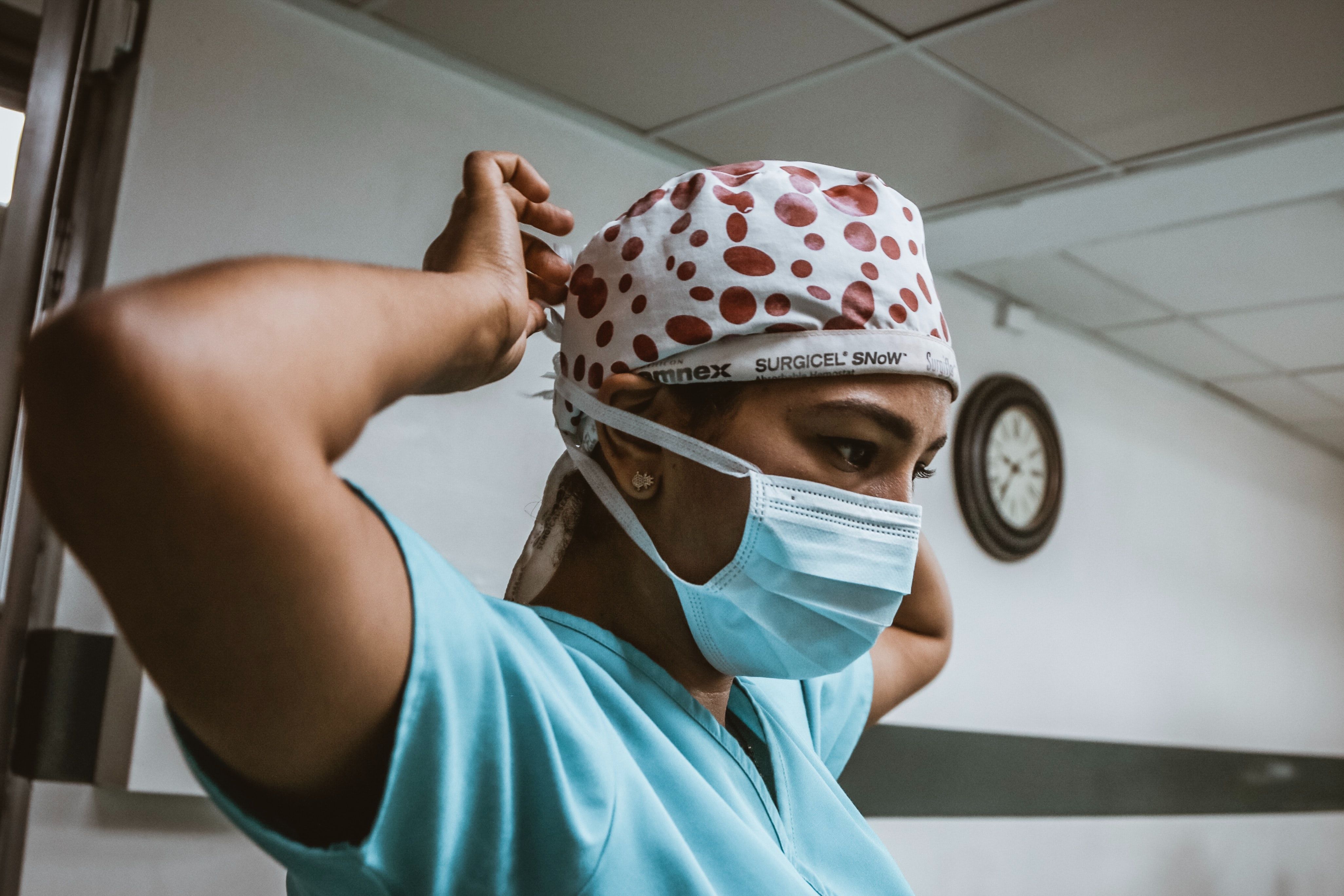More Studies Needed on Gastrointestinal Relationship of COVID-19
Approximately 50% of COVID-19 patients have some form of gastrointestinal symptoms.

Nearly half of COVID-19 patients have detectable SARS-CoV-2 RNA in their fecal samples, while a sizeable portion of patient develop gastrointestinal symptoms.
It has also been shown that infections may alter intestinal microbiota, which is correlated with the expression of inflammatory factors.
A team, led by Meng Guo, Department of Digestive Disease, The First Affiliated Hospital of USTC, Division of Life Sciences and Medicine, University of Science and Technology of China, summarized the current studies looking at the gastrointestinal manifestations of COVID-19 and its possible mechanisms, as well as how SARS-CoV-2 gastrointestinal infections might occur and what is needed to establish the occurrence of fecal-oral transmission.
“It also remains unknown for how long active intestinal infection by SARS-CoV-2 can persist,” the authors wrote. “Furthermore, comparing the proportion of gastrointestinal symptoms among patients with or without intestinal infection by measuring viral genomic RNA and subgenomic viral RNA transcripts shed in the feces can be informative on the contribution of direct intestinal infection to these gastrointestinal symptoms.”
Gastrointestinal Symptoms
Of the gastrointestinal symptoms, diarrhea, nausea, vomiting, anorexia, and abdominal pain are the main symptoms found in the majority of studies.
While rarer, researchers have also found cases of acid reflux, upper gastrointestinal bleeding, hematochezia, constipation, and melena.
An example of this was found in a meta-analysis of 10,890 patients, that showed pooled prevalence estimates of gastrointestinal symptoms were diarrhea (7.7%), nausea or vomiting (7.8%), and abdominal pain (2.7%).
However, the researchers also found a discrepancy between different studies in how much correlation there is between gastrointestinal symptoms and disease severity.
An early meta-analysis with 3022 patients from 9 studies found no statistically significant difference between patients with or without gastrointestinal symptoms (20.5% vs. 18.2%).
On the other hand, 2 studies in New York found patients with gastrointestinal symptoms had lower rates of death that those without gastrointestinal symptoms (8.5% vs. 16.5%; 0% vs. 5%).
Intestinal Expression
The researchers also found evidence of intestinal infection of COVID-19 patients showed intestinal expression of the SARS-CoV-2 receptor and serine protease remain fairly high.
While the mechanism of diarrhea in patients with COVID-19 remains largely unknown, some experimental studies of patients with other viruses have shown several factors could lead to this symptoms, including alterations in gut microbiota, osmotic diarrhea due to malabsorption or inflammation that is secondary to enterocyte damage, release of virulent proteins or toxins, and viral-induced intestinal fluid and electrolyte secretion by activation of the enteric nervous system.
Similar to a norovirus infection, immune mechanisms could play a role in viral diarrhea and inflammatory immune responses in patients with COVID-19 with diarrhea have been reported.
Calprotectin, which is an inflammatory marker secreted by infiltrated neutrophils, was detected in high concentrations in the fecal samples of 22 patients with COVID-19 with diarrhea.
“Current research provides strong evidence for the intestinal infection of SARS-CoV-2,” the authors wrote. “Further research is still needed to determine the mechanism of intestinal infection, the correlation with CRS and the possibility of fecal–oral transmission.”
The study, “Potential intestinal infection and fecal–oral transmission of SARS-CoV-2,” was published online in Nature Reviews Gastroenterology & Hepatology.